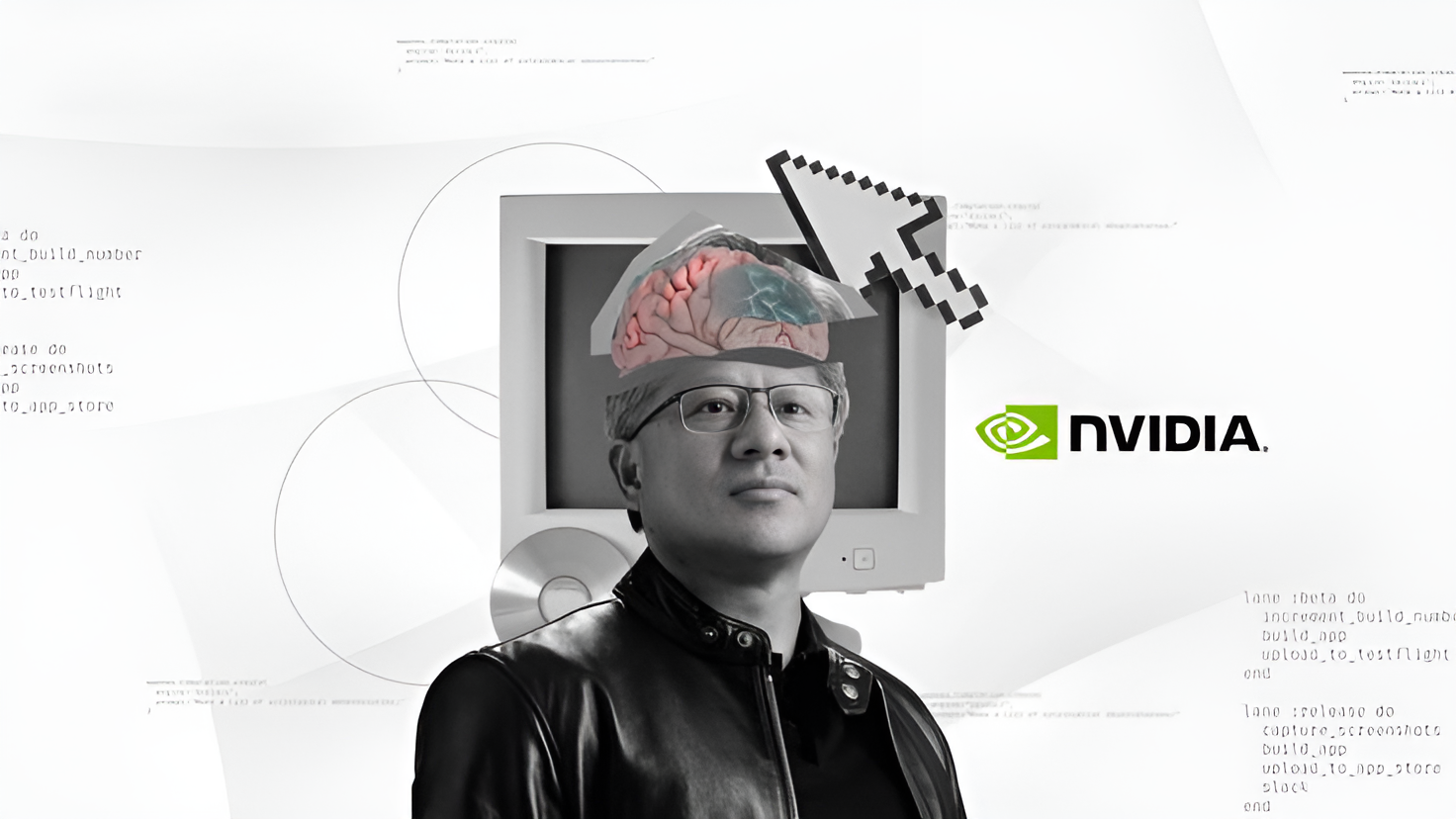Before you build agentic AI, understand the confused deputy problem Analysis Report
5W1H Analysis
Who
Key individuals and organisations involved include developers of AI technologies, tech companies working with agentic AI, cybersecurity experts, and industry regulators. Stakeholders are those looking to mitigate risks associated with multi-agent generative AI systems.
What
The primary development is a focus on understanding and addressing the "confused deputy problem" in the context of building agentic AI. This involves rethinking risk management strategies in AI system designs.
When
The analysis was published on 19th May 2025, during a period of rapid AI development and deployment across various industries.
Where
The geographic focus includes global markets, particularly in tech-heavy regions like North America, Europe, and Asia where AI development is most concentrated.
Why
The driving force behind this focus is the necessity to prevent security vulnerabilities and inefficiencies in multi-agent AI systems, which are complex and prone to issues like the confused deputy problem where a system misattributes permissions or actions.
How
Addressing these issues involves better design architectures for AI systems, integration of robust cybersecurity measures, and a deeper understanding of agentic behaviours within AI networks to manage and mitigate associated risks effectively.
News Summary
Organisations developing multi-agent generative AI need to consider risks differently to effectively address the "confused deputy problem". This challenge arises in AI systems where tasks and permissions are mismanaged, leading to potential vulnerabilities. Industry leaders and tech developers must implement advanced risk assessment frameworks and secure design practices to counter these risks, ensuring efficient and secure deployment of AI technologies globally.
6-Month Context Analysis
Over the past six months, the AI domain has seen significant advancements in generative AI models, necessitating new risk management approaches. Companies have increasingly focused on cybersecurity, especially following high-profile breaches and concerns over AI ethics. Similar discussions surrounding the reliability and security of AI systems have been prominent across tech conferences and in academic research.
Future Trend Analysis
Emerging Trends
The news highlights a growing trend towards securing AI architectures against permission mismanagement and developing more intuitive AI roles within systems. This trend reflects a broader industry shift towards responsible AI deployment and operational transparency.
12-Month Outlook
In the coming year, organisations are likely to invest more in AI audits and security design strategies, driving innovations in AI risk assessment tools. We may see enhanced collaborations between tech companies and cybersecurity firms to tackle emerging AI risks.
Key Indicators to Monitor
- Frequency and sophistication of AI-related security breaches - Adoption rate of new security protocols in AI development - Investments in AI research focused on security and ethics - Regulatory developments and policies for AI safety
Scenario Analysis
Best Case Scenario
AI systems become more secure, with minimal instances of permission errors, leading to widespread adoption and trust in multi-agent AI technologies. This transparency boosts innovation and collaboration globally.
Most Likely Scenario
AI developers will achieve moderate improvements in security, mitigating some risks while continuing to address complex challenges. Progress will be steady, and real-world applications will shape policies and regulations.
Worst Case Scenario
Failure to adequately address security issues could lead to significant breaches, eroding trust in AI technologies and delaying the deployment of advanced systems globally due to heightened regulatory scrutiny.
Strategic Implications
Organisations should prioritise integrating secure design principles in AI system development, fostering interdisciplinary collaboration among tech developers, cybersecurity experts, and regulators. Recognising and addressing potential vulnerabilities early in the development lifecycle will be crucial for successful AI deployment.
Key Takeaways
- Tech companies need robust frameworks to manage risks associated with agentic AI, highlighting the importance of the confused deputy problem.
- Efforts should be directed towards integrating advanced security protocols across AI systems, especially in emerging technologies.
- AI developers should foster a culture of continuous learning and adaptation to rapidly evolving security challenges globally.
- Close monitoring of regulatory changes and emerging cybersecurity threats will be essential for AI stakeholders.
- Collaborations between tech firms and cybersecurity experts will drive significant advancements in AI safety and trust.
Source: Before you build agentic AI, understand the confused deputy problem




















Discussion